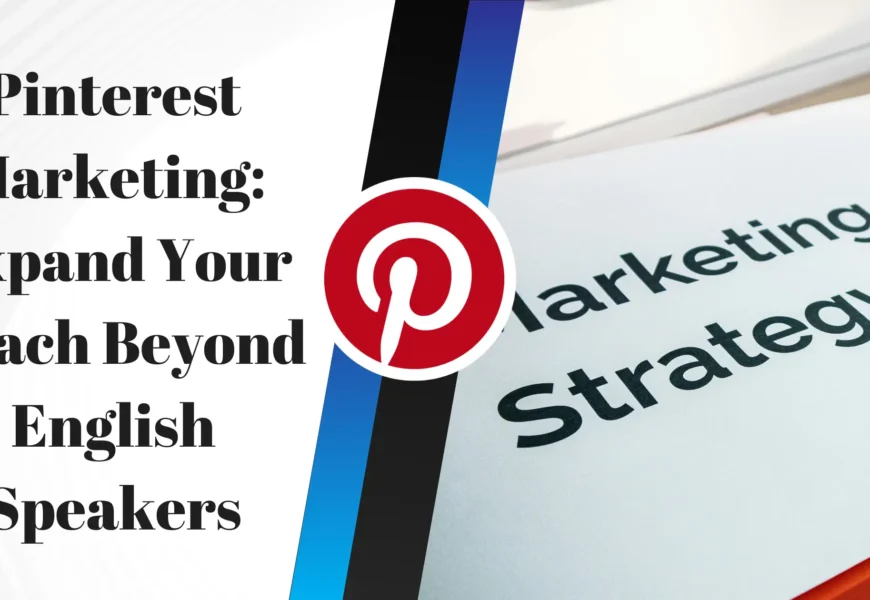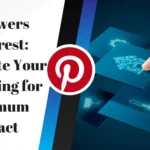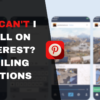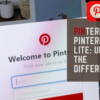Pinterest Marketing: Expand Your Reach Beyond English Speakers
Think Pinterest is just for English speakers? Think again! There’s a whole world of potential customers waiting to discover you. Expanding your Pinterest marketing strategy to non-English speaking markets can unlock massive growth. Ready to learn how?
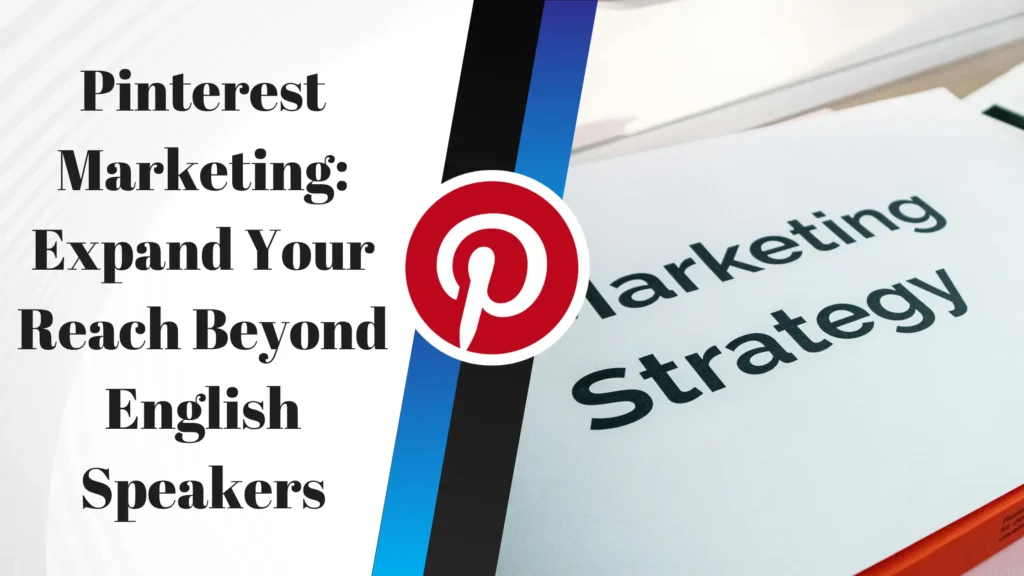
Why Target Non-English Speaking Markets on Pinterest?
Okay, let’s get real. The English-speaking market is competitive. Reaching new audiences who speak other languages gives you a serious edge. Consider this: billions of people worldwide aren’t native English speakers. Ignoring them means missing out on a huge chunk of potential business. It’s like only fishing in one small pond when there’s an entire ocean teeming with fish! And don’t forget, less competition often translates to lower ad costs and higher engagement. Sounds good, right?
Furthermore, showing that your brand cares about different cultures and languages builds trust and loyalty. People appreciate the effort when you speak their language, literally! It makes your brand more relatable and human, which is crucial in today’s market. This can lead to higher conversion rates and long-term customer relationships. It’s a win-win!
Understanding Your Target Audience
Before you dive in, you need to understand who you’re trying to reach. Don’t just translate your English content and hope for the best. Research is key! Start by identifying the countries or regions where your product or service might be popular. What languages do they speak? What are their cultural nuances? What are their pain points and aspirations?
Think of it like this: you wouldn’t sell snow shovels in the desert, would you? Similarly, you need to tailor your Pinterest strategy to resonate with the specific needs and interests of your target audience. Use tools like Google Analytics, Pinterest Analytics (once you have an account set up for that market), and market research reports to gather valuable insights. These tools will give you the data you need to create effective campaigns.
Keyword Research in Other Languages
Keyword research isn’t just for English! You need to find out what terms people are actually using to search for products or services like yours in their own languages. Use keyword research tools that support multiple languages, such as Semrush, Ahrefs, or even Google Keyword Planner with the language settings adjusted. Don’t just directly translate English keywords. The literal translation might not be what people actually search for.
Imagine you’re selling handmade jewelry. In English, you might target the keyword “handmade earrings.” But in Spanish, people might search for “pendientes artesanales” or “aros hechos a mano.” The key is to think like a local and use the language they use. This will help your Pins get discovered by the right people.
Creating Culturally Relevant Content
Translation is just the first step. You need to create content that resonates with the culture of your target audience. This means considering everything from visuals to messaging. What colors are popular in that culture? What holidays or events are important to them? What are their cultural values?
For example, if you’re targeting the Chinese market, you might want to incorporate red and gold colors into your Pins, as these colors symbolize luck and prosperity. You might also want to create content related to Chinese New Year or other important cultural events. Remember, authenticity is key. Don’t just superficially add cultural elements. Make sure your content is genuinely respectful and relevant.
Visual Adaptation
Visuals are everything on Pinterest! Make sure your images and videos are appealing to your target audience. This might mean using different models, locations, or even fonts. Consider the aesthetic preferences of the culture you’re targeting. What types of images are popular on Pinterest in that region?
For instance, if you’re targeting the Japanese market, you might want to use softer, more minimalist visuals. If you’re targeting the Latin American market, you might want to use brighter, more vibrant colors. Pay attention to the details, and your Pins will be much more likely to stand out.
Translation and Localization Strategies
Okay, let’s talk about translation. You have a few options here. You could use machine translation, hire a professional translator, or even use a combination of both. Machine translation is quick and cheap, but it’s often inaccurate. Professional translators are more expensive, but they can ensure that your content is accurate and culturally appropriate.
Localization goes beyond just translation. It involves adapting your content to the specific language, culture, and market of your target audience. This might mean changing dates, times, currencies, or even product names. Think of it like tailoring a suit to fit perfectly, rather than just buying one off the rack. The better the fit, the more comfortable – and the more likely someone is to “buy” into your brand.
Choosing the Right Translation Method
For crucial content like product descriptions, ad copy, and website landing pages, it’s always best to use a professional translator. For less critical content like blog posts or social media updates, you might be able to get away with using machine translation with some careful editing. Consider your budget and the importance of accuracy when making your decision.
Setting Up Your Pinterest Profile for Multiple Languages
Pinterest allows you to create multiple profiles, which is great for targeting different languages. You can create a separate profile for each language you want to target, or you can use sections within your existing profile to organize your content by language. The best option depends on your specific needs and goals.
Creating separate profiles allows you to fully customize your content for each language. This is a good option if you have a lot of content and want to create a distinct brand presence in each language. Using sections within your existing profile is a simpler option if you don’t have a lot of content or want to keep everything under one umbrella.
Optimizing Your Profile
No matter which option you choose, make sure to optimize your profile for each language. This means translating your profile name, description, and keywords. Use relevant keywords in the language you’re targeting to help people find your profile when they search on Pinterest. Treat each profile (or section) as a mini-brand, carefully curating it to appeal to its specific audience.
Promoting Your Pins in Other Languages
Once you’ve created your content and optimized your profile, it’s time to start promoting your Pins. Pinterest offers a variety of advertising options that allow you to target specific languages and locations. Use these tools to reach your target audience and drive traffic to your website.
Consider your budget and target audience when choosing your advertising options. You can target specific keywords, interests, or demographics. Experiment with different ad formats and targeting options to see what works best for you. Don’t be afraid to try new things and track your results closely.
Measuring Your Results
Tracking your results is crucial for understanding what’s working and what’s not. Use Pinterest Analytics to monitor your key metrics, such as impressions, clicks, and saves. Pay attention to which Pins are performing well and which ones are not. Use this data to refine your strategy and improve your results.
Look at metrics like engagement rate (saves, closeups, link clicks) and conversion rate (website visits, sales). Compare the performance of your different language campaigns to see which ones are most effective. Remember, data is your friend! Use it to make informed decisions and optimize your Pinterest marketing strategy for success.
Conclusion: The World is Your Pinterest Board
Expanding your Pinterest marketing strategy to non-English speaking markets can unlock a world of opportunities. By understanding your target audience, creating culturally relevant content, and optimizing your profile and Pins, you can reach new customers and grow your business. So, what are you waiting for? Start exploring the global potential of Pinterest today!
Don’t be intimidated by the prospect of marketing in multiple languages. Start small, experiment, and learn as you go. With a little effort and dedication, you can build a successful Pinterest presence that reaches a global audience. Good luck!

